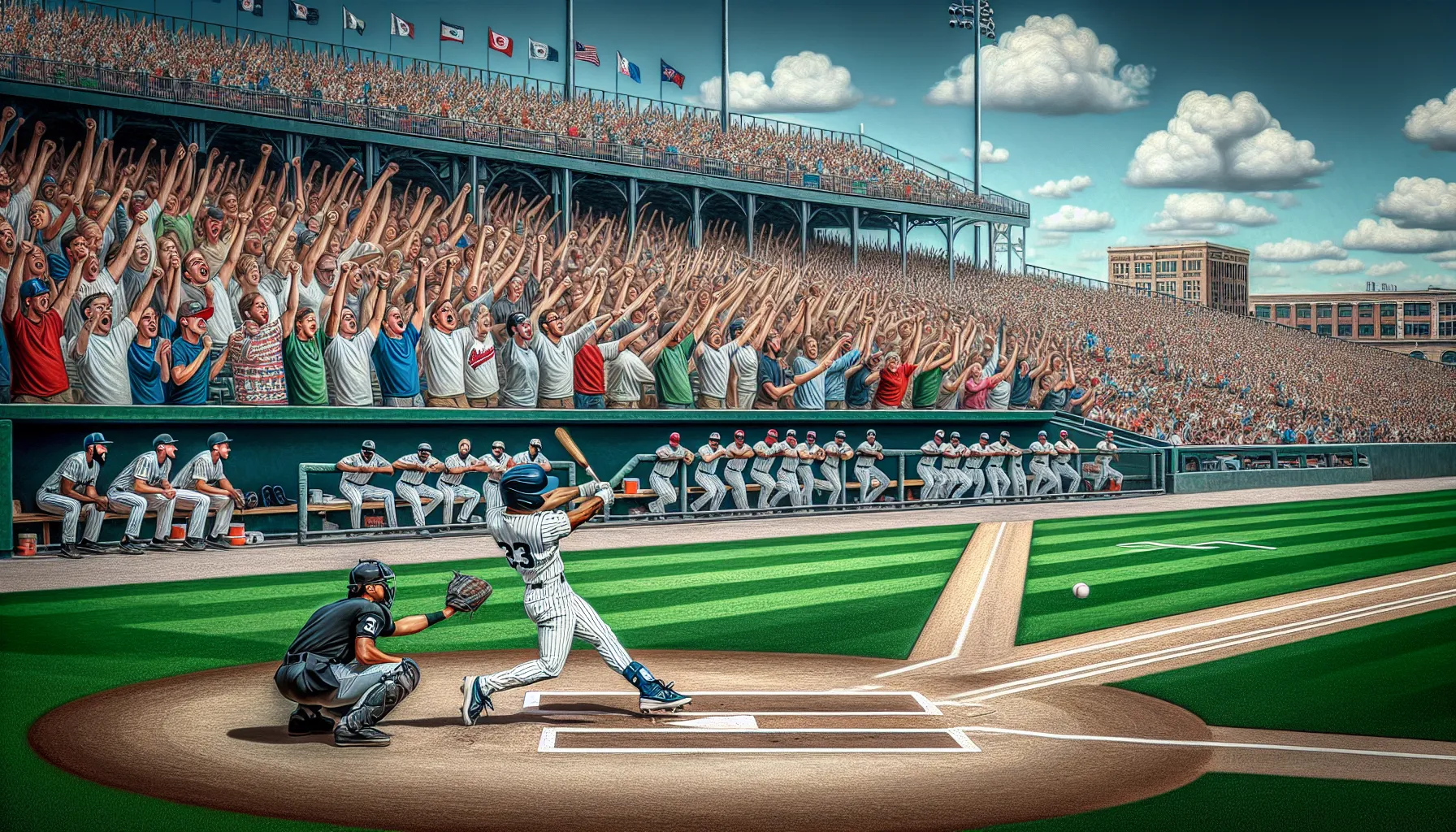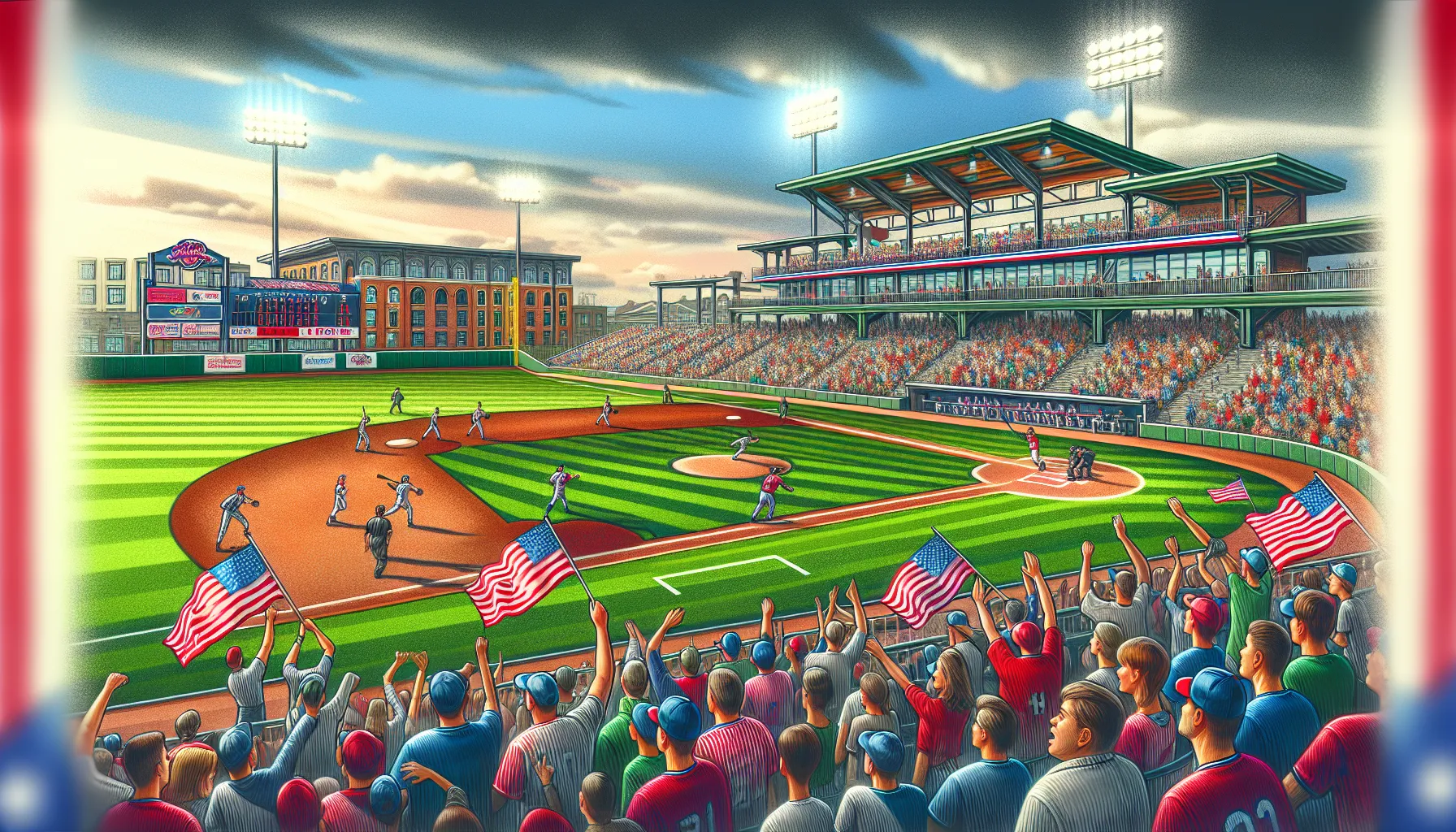
Baseball is a game of strategy, skill, and timeless tradition, but if you’re new to the sport or diving into its minor league system, you might wonder how long the games actually last. Understanding the number of innings in minor league baseball is key to following the action and planning your time at the ballpark.
While the rules in minor league baseball share similarities with the major leagues, there are some differences that can impact game length. Whether you’re a curious fan or just starting to explore the sport, knowing how innings work in this league helps you appreciate the game even more.
Understanding Baseball Minor League Games
Baseball minor league games typically follow the same structural rules as major league games, though variations exist. Knowing these differences is crucial when analyzing the game’s flow or duration.
Overview Of Baseball Rules
Minor league baseball games are structured around nine innings, divided equally between two teams. Each inning consists of a top half and a bottom half, where one team bats while the other fields. If the score is tied after nine innings, extra innings are played to determine a winner. Pitching limits and game suspensions due to weather are managed more strictly in the minors compared to major league games.
Importance Of Innings In The Game
Innings are integral to pacing and strategy. Each inning provides both teams equal opportunities to score, ensuring a balanced competition. In the minor league, managers use innings to develop players’ skills, such as pitching endurance and situational hitting. Prolonged or shortened games highlight the effect innings have on player fatigue and game outcomes, especially when games enter extra innings or end early due to suspended play.
How Many Innings In Baseball Minor League?

Minor league baseball games typically follow a similar structure to major league games in terms of innings. Each game is designed to provide an organized competition while allowing player development.
Standard Innings In Minor League Baseball
Minor league baseball games consist of nine innings. Each inning includes a top half and a bottom half, giving both teams a chance to bat and field. The visiting team bats during the top half, while the home team bats in the bottom half. A regulation game concludes after nine full innings if one team has a higher score.
In doubleheaders, where two games are played in a single day, games are typically reduced to seven innings each to manage player fatigue and scheduling. This adjustment ensures teams meet player protection standards while maintaining competitive gameplay.
Extra Innings And Tie-Break Rules
If a minor league game is tied after nine innings, extra innings are played to determine a winner. Each extra inning starts with a runner on second base, a system introduced to prevent excessively long games. This rule aims to improve player safety and manage travel schedules, which are more demanding at the minor league level.
Game suspensions due to factors like weather may lead to rescheduled games or the completion of unfinished innings at a later date. Ties are rare and usually occur only in exceptional circumstances, such as time constraints for suspended games.
Differences Between Minor League And Major League Baseball

Minor league and major league baseball share similarities but differ in several aspects that influence gameplay, player development, and game structure.
Key Variations In Rules
Rules in minor league baseball are often adjusted to test potential changes for the major leagues and to prioritize player development. For example, minor league extra innings begin with a runner on second base to shorten game duration, while major league rules only introduced this as a temporary measure in certain seasons. Pitching limits are applied more stringently in the minors, as they focus heavily on protecting younger players’ arms. Additionally, pitch clocks are enforced in the minors to reduce delays, with penalties for non-compliance. Doubleheader games in the minors are seven innings each, reducing physical strain on players, while this adjustment is less common in the majors. Automated ball-strike (ABS) systems are also being tested in the minors, which aren’t yet standard in major leagues.
Impact On Game Duration And Strategy
Game duration and strategy are heavily influenced by these rule differences. The runner-on-second rule in extra innings accelerates endings and reduces overuse of relief pitchers. Pitch clocks limit the time between pitches, maintaining a faster pace and requiring batters to adapt their approaches. With shortened doubleheaders, managers are forced to make quicker strategic decisions within a tighter timeframe. These factors give minor league games a more experimental and developmental nature, contrasting with the competitive, traditional approach of major league games.
Why Knowing Innings Matters To Fans

Understanding innings in minor league baseball enhances your ability to engage with the game and follow its pacing. Knowing how innings work helps you appreciate the strategies and excitement unique to the sport.
Enhancing The Viewing Experience
The structure of innings significantly affects your enjoyment as a fan. Minor league games, typically played over nine innings or seven in doubleheaders, create a rhythm that builds excitement inning by inning. Each inning provides distinct opportunities for shifts in momentum, strategic plays, and key moments, keeping your attention throughout. Extra innings, with their runner-on-second rule, add drama and quicker resolution to tied games, making late-game situations especially engaging. When you understand these dynamics, you’re better equipped to follow turning points and fully immerse yourself in the action.
Strategies For Following A Full Game
Tracking a full game becomes easier when you understand how innings divide play. Focus on shifts in strategy during the top and bottom halves of each inning, where each team alternates between offense and defense. Prepare for potential turns in late innings when team strategies often intensify. Familiarize yourself with rules for extra innings and observe how they shape team decisions under pressure. If attending a doubleheader, knowing the seven-inning format allows you to pace your time without missing key moments.
Conclusion
Understanding the structure and rules of innings in minor league baseball enhances your experience as a fan. Whether it’s the standard nine-inning format or the shorter seven-inning games in doubleheaders, each inning brings its own rhythm and excitement. The unique rules, like the runner-on-second in extra innings, add a layer of strategy and keep games engaging while prioritizing player development.
By familiarizing yourself with these dynamics, you can better appreciate the balance of competition, strategy, and growth that defines minor league baseball. It’s this blend that makes every inning a vital part of the game’s charm and appeal.
Frequently Asked Questions
How many innings are there in a standard minor league baseball game?
A standard minor league baseball game consists of nine innings. Each inning has a top half and a bottom half, with both teams taking turns to bat and field.
What happens if a minor league game is tied after nine innings?
If the score is tied after nine innings, extra innings are played. Each extra inning starts with a runner on second base, helping to speed up the conclusion of the game.
Why are doubleheader games only seven innings in minor league baseball?
Doubleheader games are limited to seven innings each to reduce player fatigue and maintain manageable schedules during the season.
What is the purpose of the runner-on-second rule in extra innings?
The runner-on-second rule in extra innings is designed to shorten game duration by increasing the likelihood of scoring and determining a winner faster.
How do innings impact game strategy in minor league baseball?
Innings structure the game, creating opportunities for momentum shifts and allowing managers to develop players’ skills through strategic plays on both offense and defense.
Are there any rule differences between minor league and major league baseball?
Yes, minor league baseball has experimental rules like stricter pitch limits, pitch clocks, and the runner-on-second rule to prioritize player development and test potential changes for the majors.
Why do minor league games emphasize shorter durations?
Shorter games in the minors help with player safety, reduce fatigue, and keep games engaging for fans while testing time-saving strategies for baseball as a whole.
Can a minor league baseball game end in a tie?
Ties are very rare in minor league baseball and typically occur only in exceptional circumstances, such as inclement weather or scheduling conflicts.
How can understanding innings enhance a fan’s experience?
Understanding innings helps fans follow the rhythm of the game, enjoy its strategic shifts, and better appreciate key moments, especially during late and extra innings.
What is the role of the pitch clock in minor league baseball?
The pitch clock enforces faster play by reducing delays between pitches, contributing to a more dynamic and time-efficient game experience.
